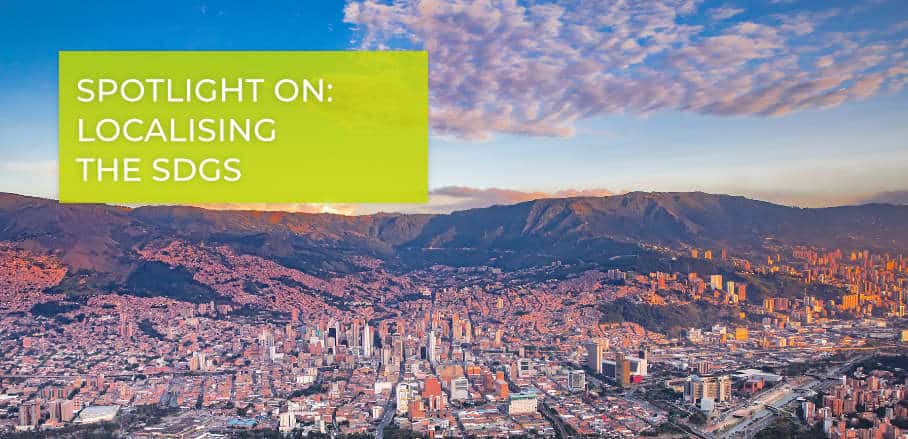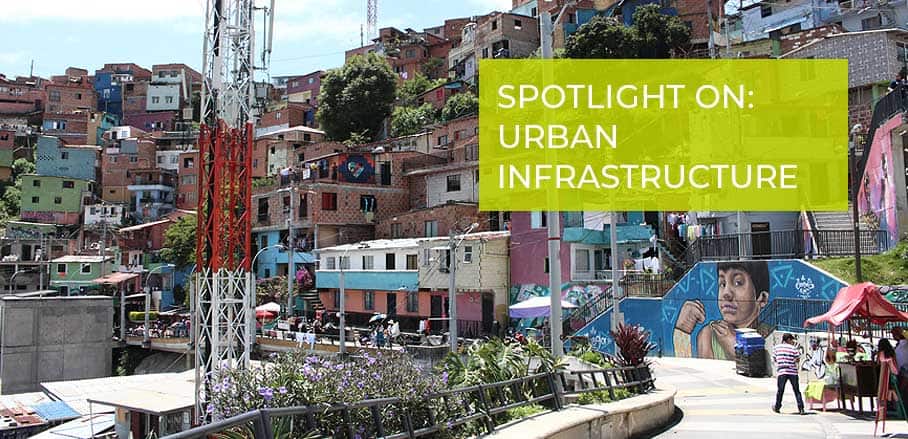Positioning Medellín for a more Sustainable Future
Many transitional cities have worked hard to develop planning tools that make a difference in people’s lives. And while Colombia’s “City of Eternal Spring”, Medellín, has made significant progress, it should now take it to the next level to become fully compatible with global sustainability agendas. By Santiago Mejía-Dugand



